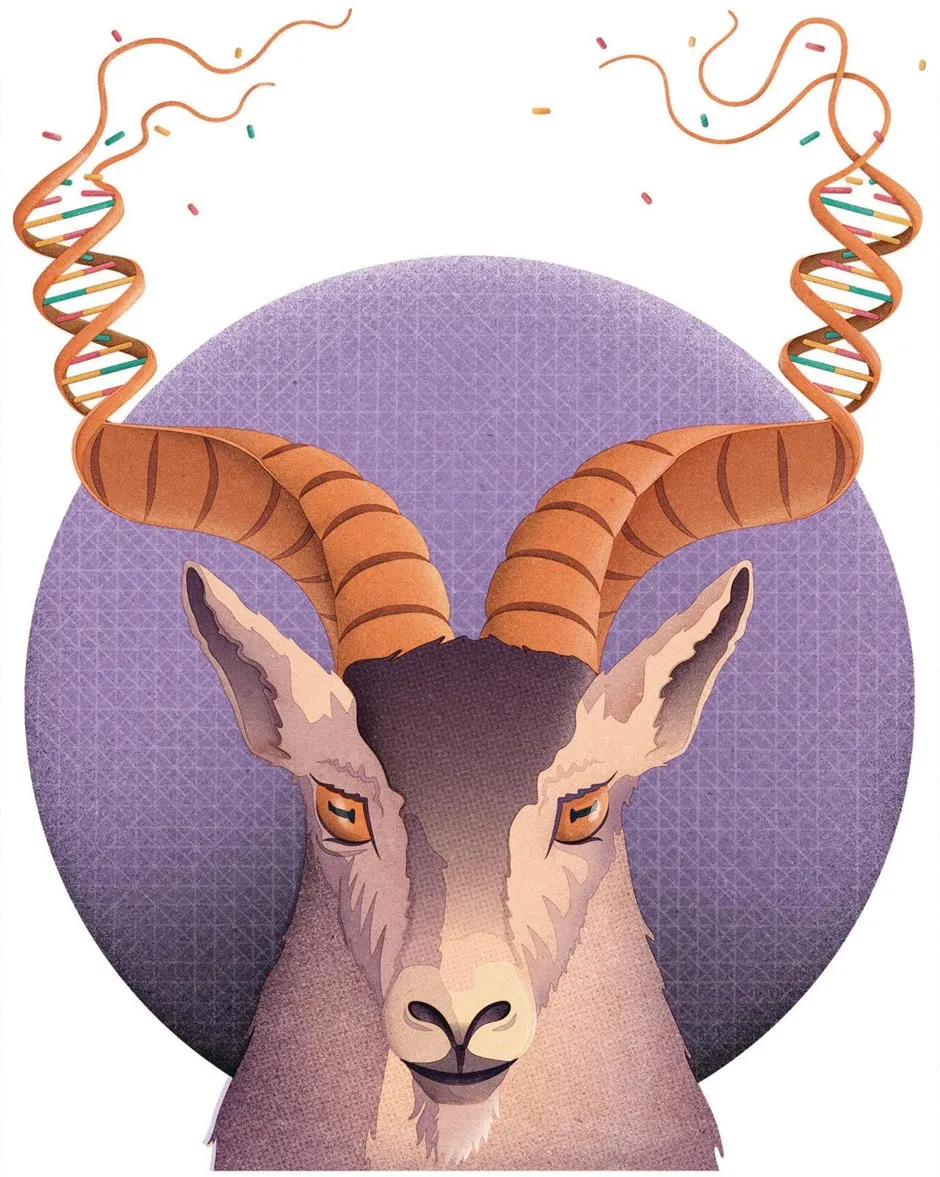To ‘de-extinct’ an animal, you need a source of the animal’s DNA, which provides the blueprint for making it. DNA is sometimes preserved in fossils, and the oldest DNA extracted to date comes from a 700,000-year-old horse bone found in the Canadian permafrost.
However, DNA breaks down over time, and scientists think that it’s unlikely to be found in any specimen older than a million years. Dinosaurs went extinct 65 million years ago. No dinosaur DNA, no dinosaurs. Sorry!
Some other species, however, are fair game. In 2003, scientists briefly de-extincted a type of goat, called the bucardo. DNA-laden cells, taken from the last living female before she died, were used to create a clone, and the resulting embryo was transplanted into the womb of a living domestic goat.

The bucardo was delivered by Caesarean section, but died shortly after birth due to lung defects. The bucardo was therefore the first animal to be de-extincted, but also the first animal to go extinct twice!
Other de-extinction projects include attempts to revive an Australian amphibian called the gastric-brooding frog, a North American bird called the passenger pigeon and the one and only woolly mammoth. These use a combination of cloning, gene-editing and stem cell methods, but don’t hold your breath waiting for the pitter-patter of tiny feet. De-extinction is still very much in its infancy, so for now, take solace in the fact that dinosaurs never really left us. Birds are their direct descendants, and they’re everywhere.
Read more:
- What is DNA?
- What if the dinosaurs had survived?
- Has an animal ever evolved itself into extinction?
- Why were birds the only dinosaurs to survive the mass extinction?